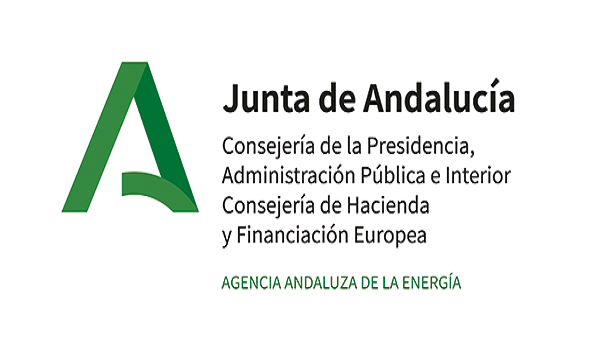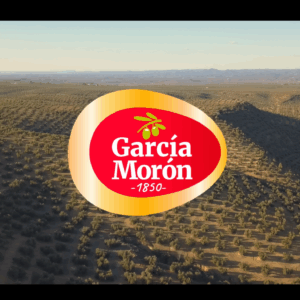
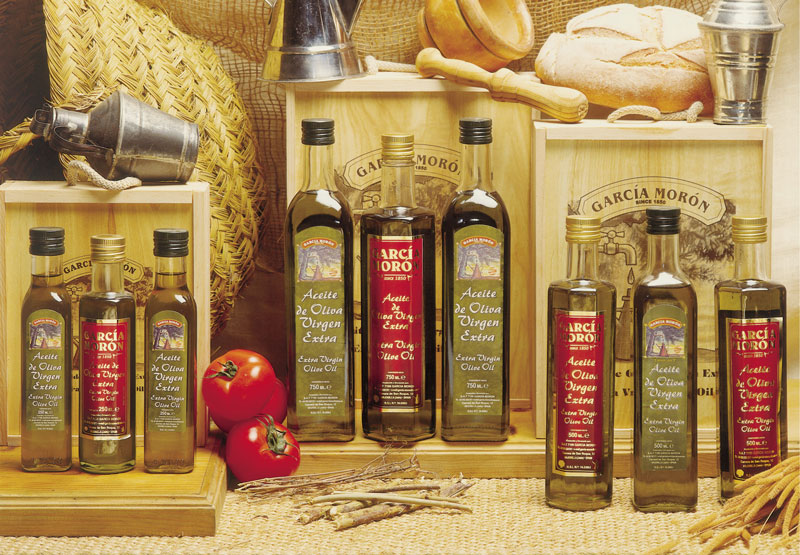
- Publicado el
How is olive oil made?
To make olive oil, the most important thing is the olives that will be used to make the oil, and this is a very important factor in whether you obtain a good or poor quality oil, as not all types of olives are suitable for making oil. The recommended types are Picual, Verdial, Morisca, Cornicabra, Arbequina, Picudo, Pajarero and Farga. Of these types of olives, there are some with a better yield, which produces more oil per weight of olive, and others with a worse yield, which produces less oil with the same weight of olives. But we must not neglect the process to make the oil, which is also very important for it to be of better or worse quality.
Olive oil production process
Let’s look at the general process usually used to make olive oil, which is as follows:
- First the olives have to be picked from the olive trees, this process can be done by hand or mechanised, by hand is usually more fun if it is not done as a job, because if it is done as a job it is quicker with the help of the machine.
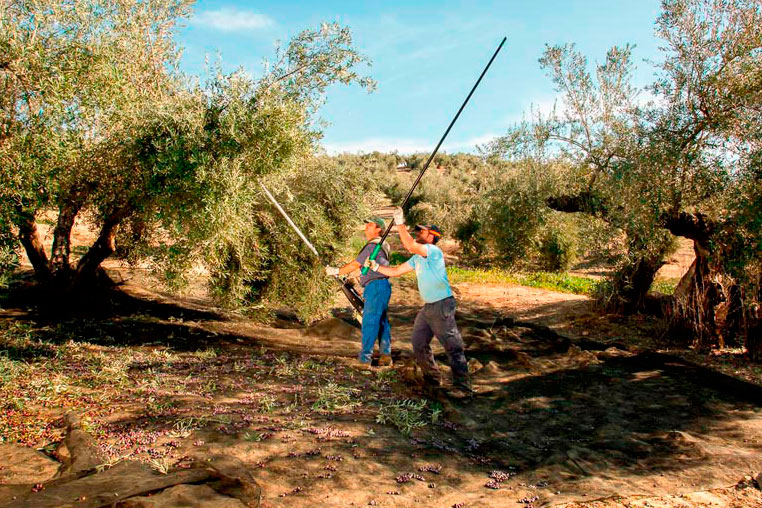
- Secondly, the olives that have been picked must be cleaned of debris such as branches, stones or any olives that are in poor condition. After cleaning, the clean olives must be crushed, which is what the old millstones were used for, as they crush the olives.
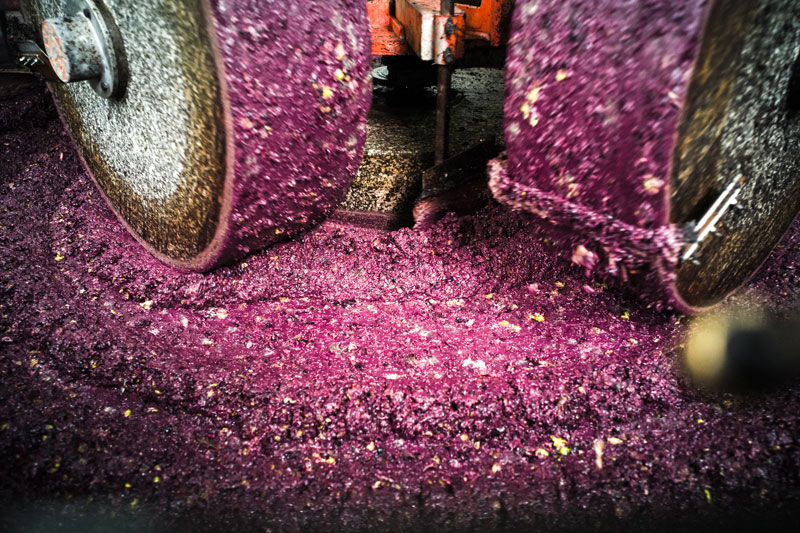
- Third step, the dough has to be beaten so that the oil detaches from the dough obtained by moulding, this step is slower and more tedious. It must be done for at least one hour at a temperature of 24 to 27 degrees to help the oil to detach from the rest of the dough.
- The fourth step is to press the mass to extract the juice, which is the oil. Here, as they say, mechanical pressure must be applied to the beaten mass to extract the oil. Nowadays there are other ways and a centrifuge is used in the olive oil production plants.
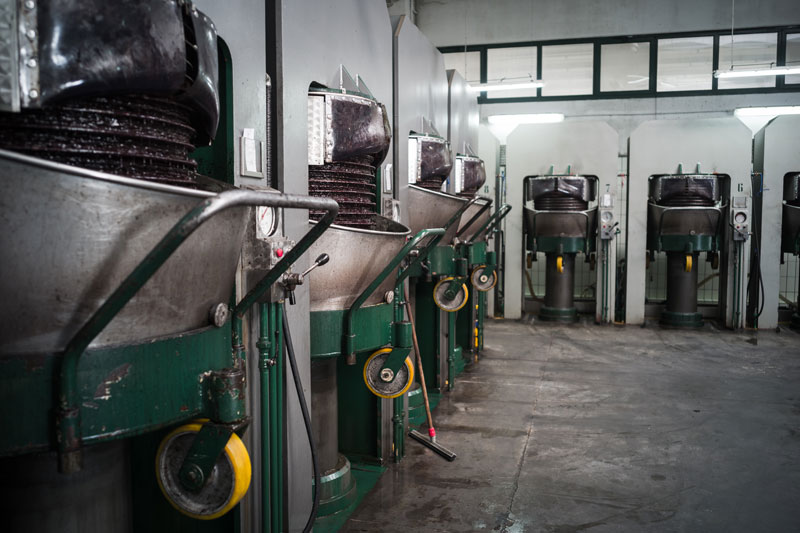
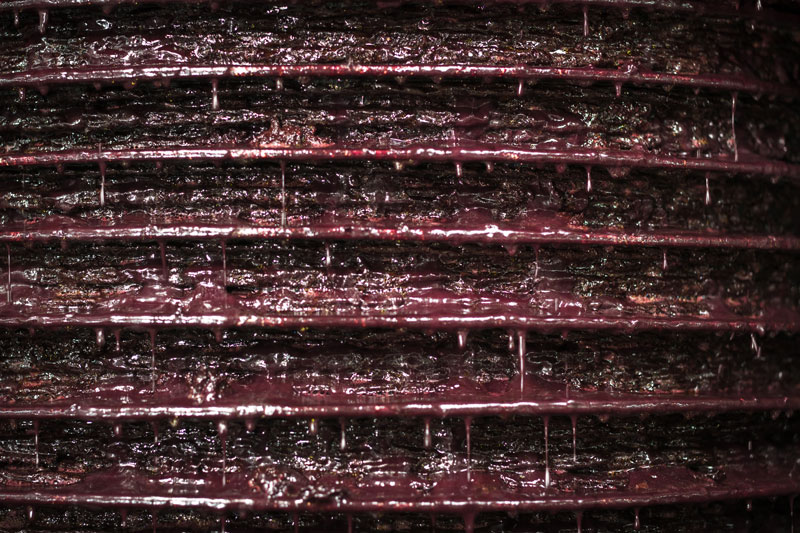
- In the fifth step, the oil must be decanted to separate the solid remains of the olives, the water and the olive oil. This is done thanks to the different densities they have over the course of a few days and with the help of decanting containers, extracting the water and impurities from the bottom part of the oil. Density is precisely one of the fundamental factors in knowing how much a litre of olive weighs.
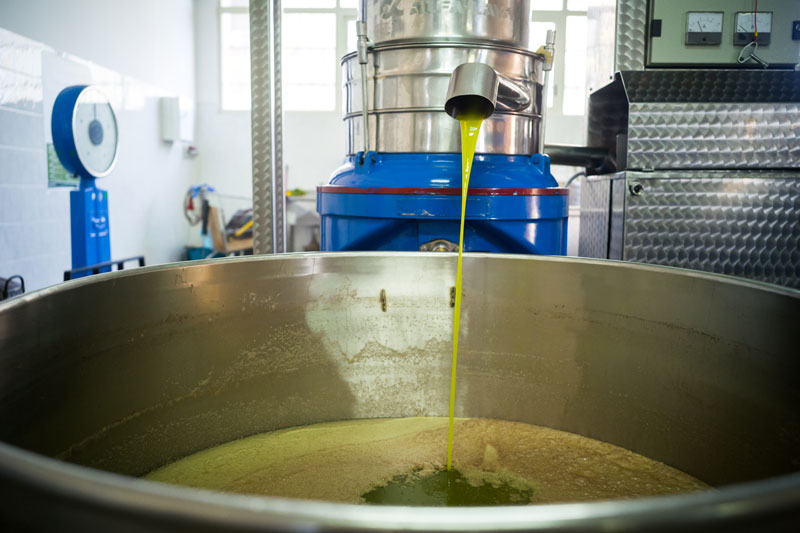
- And this last step is optional, which consists of filtering the oil to remove all traces of moisture and impurities that the oil still contained after decanting. But as mentioned above, this step is completely optional, as the olive oil can be drunk after decanting. This filtering is done in a rather natural way so as not to alter the properties of the original oil too much. Filtering and impurities are the most important factors in determining the shelf life of olive oil.





